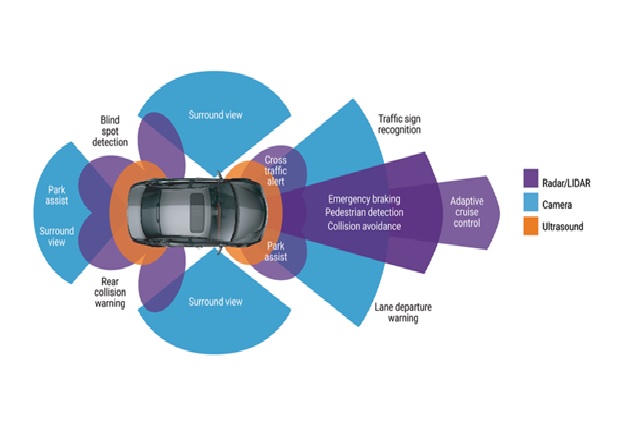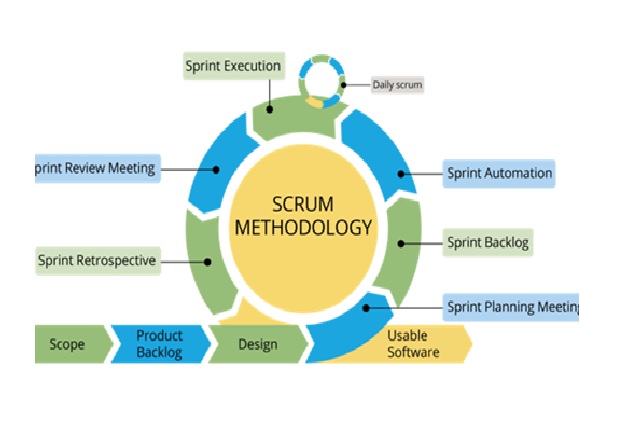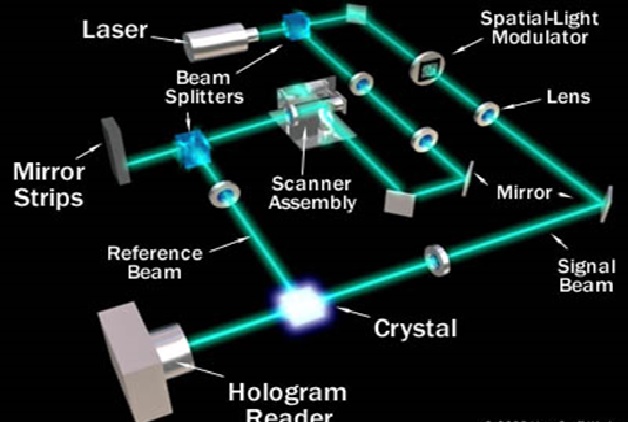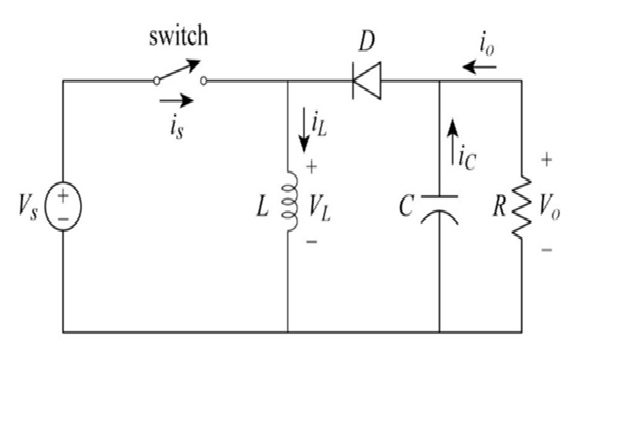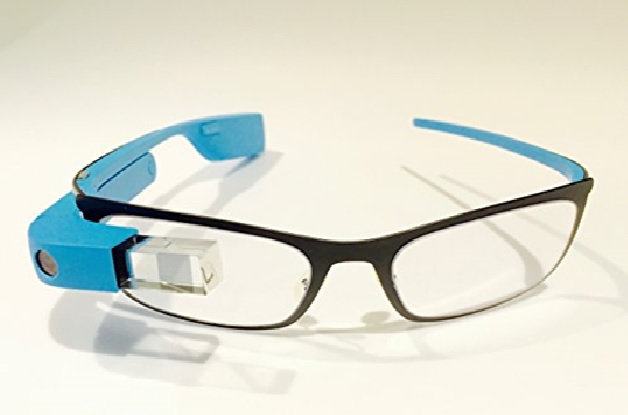Development of Gi-Fi Technology
GI-FI will helps to push wireless communications to faster drive. For many years cables ruled the world. Optical fibers played a dominant role [1] for its higher bit rates and faster transmission. But the installation of cables caused a greater difficulty and thus led to wireless access. The foremost of this is Bluetooth which can cover 9-10mts.

Figure 1: Gi-Fi Technology
Wi-Fi followed it having coverage area of 91mts. No doubt, introduction of Wi-Fi wireless networks has proved a revolutionary solution to “last mile” problem. However, the standard’s original limitations for data exchange rate and range, number of channels, high cost of the infrastructure have not yet figure1 shown above the paragraph made it possible for Wi-Fi to become a total threat to cellular networks on the one hand, and hard-wire networks, on the other. But the man’s continuous quest for even better technology despite the substantial advantages of present technologies led to the introduction of new, more up-to-date standards for data exchange rate i.e., GI-FI.
Removing Cables
For many years cables ruled the world. Optical fibers played a dominant role for its higher bit rates and faster transmission. But the installation of cables caused a greater difficulty and thus led to wireless access. The foremost of this is Bluetooth which can cover 9-10mts. Wi-Fi followed it having coverage area of 91mts. The standard’s original limitations for data exchange rate and range and high cost of the infrastructures have not yet made it possible for WiFi to become a good replace for the cables. Gi-Fi technology Removes need for cables to connect consumer electronics devices and all the devices in the range of 10 meters can be connected in order to transmit the data wirelessly.
Low-Cost Chip
Gi-Fi’s chip uses only a tiny one-millimeter-wide antenna and less than 2mili watts of power. Low-cost chip allows technology to be readily incorporated into multiple devices. The chip in Gi- fi would likely cost about $10 or less to build. This and a small design would allow cell phones and other small devices to add the technology without significantly drive up the price, according to the company. GI-FI is based on an open, international standard. Mass adoption of the standard, and the use of low-cost, mass-produced chipsets, will drive costs down dramatically, which is very less in compare to present technologies.
Future of Gi-Fi Technology
A completely integrated single chip transceiver has been fabricated, tested and demonstrated in Gi-Fi chip [2] and a transceiver with integrated phased array antenna on 65nm CMOS technology has been sent for fabrication. Gi-Fi technology demonstrates the world’s first fully integrated transceiver on CMOS technology operating at 60 GHz and provides new technique for integrating antennas on CMOS.Demonstrations of Gi-Fi technology can be arranged showing the huge potential it has to change the way consumers use their in-home electronic devices.
The Gi-Fi team is looking for partners interested in commercializing its 60GHz chips and with growing consumer adoption of High-Definition (HD) television, low-cost chip and other interesting features of this new technology it can be predicted that the anticipated worldwide market for this technology is vast. Within next few years, we expect Gi-Fi to be the dominant technology for wireless networking.
References:
- https://www.researchgate.net/publication/320451418_INTRODUCTION_to_GI-FI_TECHNOLOGIES_USED_WORKING_PRINCIPLE
- https://arrangeus.blogspot.com/2018/06/gi-fi-applications.html
Cite this article:
Nandhinidwaraka. S (2021), Development of Gi-Fi Technology, Anatechmaz, pp. 41




